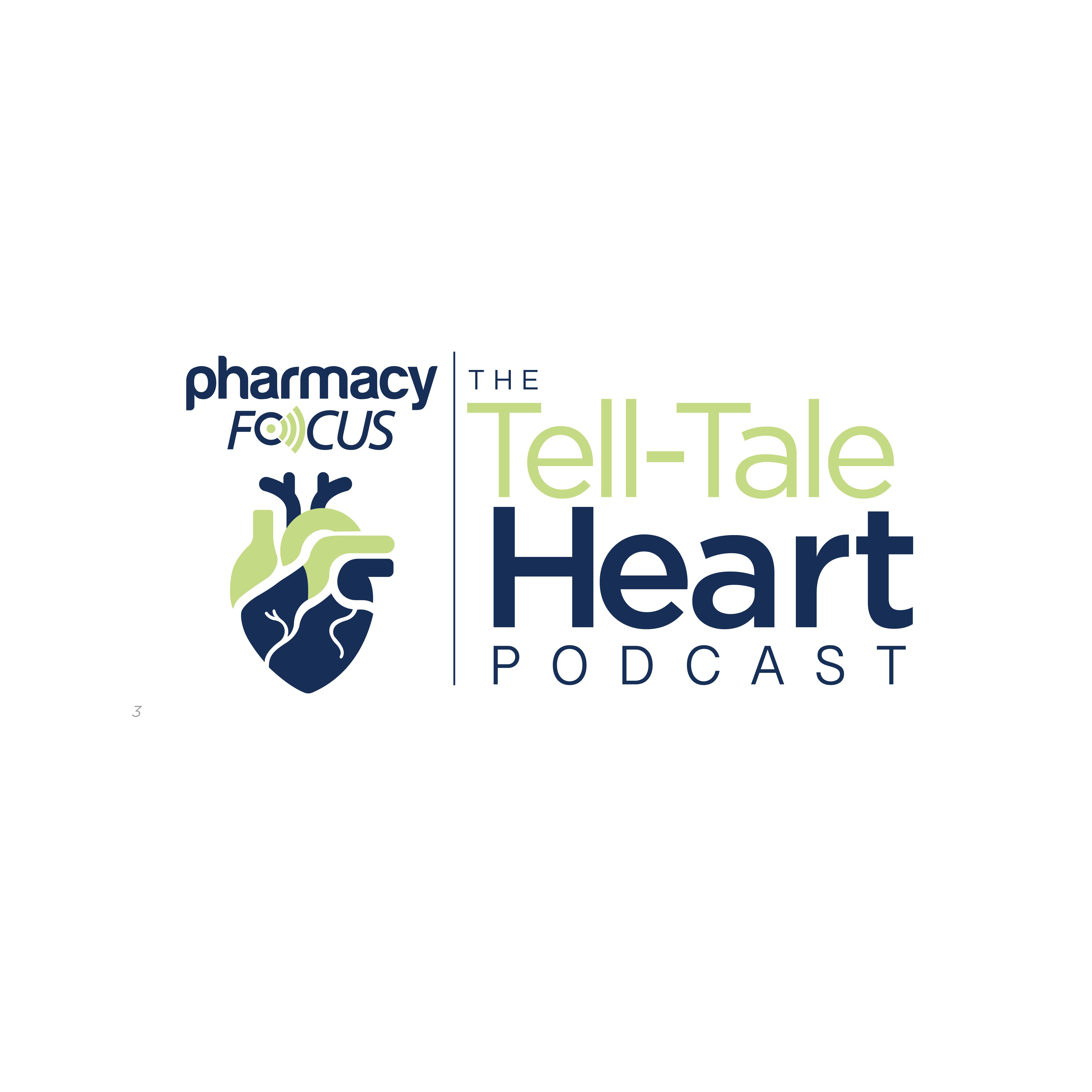Article
Provider Collaboration Prevents Medication Errors in the Oncology Setting
At the ESMO Congress 2019, Sara Tolaney, MD, MPH, of Dana-Farber Cancer Institute, spoke about how a collaborative program between pharmacists and oncology providers at her institution helps prevent medication errors.
At the ESMO Congress 2019, Sara Tolaney, MD, MPH, of Dana-Farber Cancer Institute, spoke about how a collaborative program between pharmacists and oncology providers at her institution helps prevent medication errors.
Transcript
I think actually there's a lot of collaboration that is ongoing between the pharmacist and medical oncologist. So much so, that we actually just started a program at our own institution where we actually place the pharmacy, we have a pharmacist in our work room, and every time we leave a patient's room we have to check in with a pharmacist. Really because, what happens to often in the clinic is there are a lot of dose modifications that need to occur, sometimes that does take consultation with pharmacy, better understanding of what dose [modifications] to use with underlying liver dysfunction, renal dysfunction. What about in the setting of toxicity? How can those doses be changed? And sometimes with oral medications, what dose can you use depending on the tablet strength? And so these things come up all the time and so we are calling on our pharmacists constantly. So I think, particularly now at our own institution, this new system I think will really help prevent medication errors.
Newsletter
Stay informed on drug updates, treatment guidelines, and pharmacy practice trends—subscribe to Pharmacy Times for weekly clinical insights.





